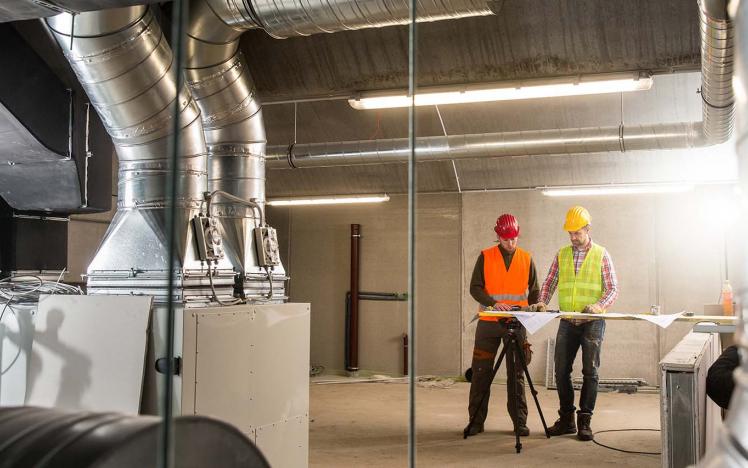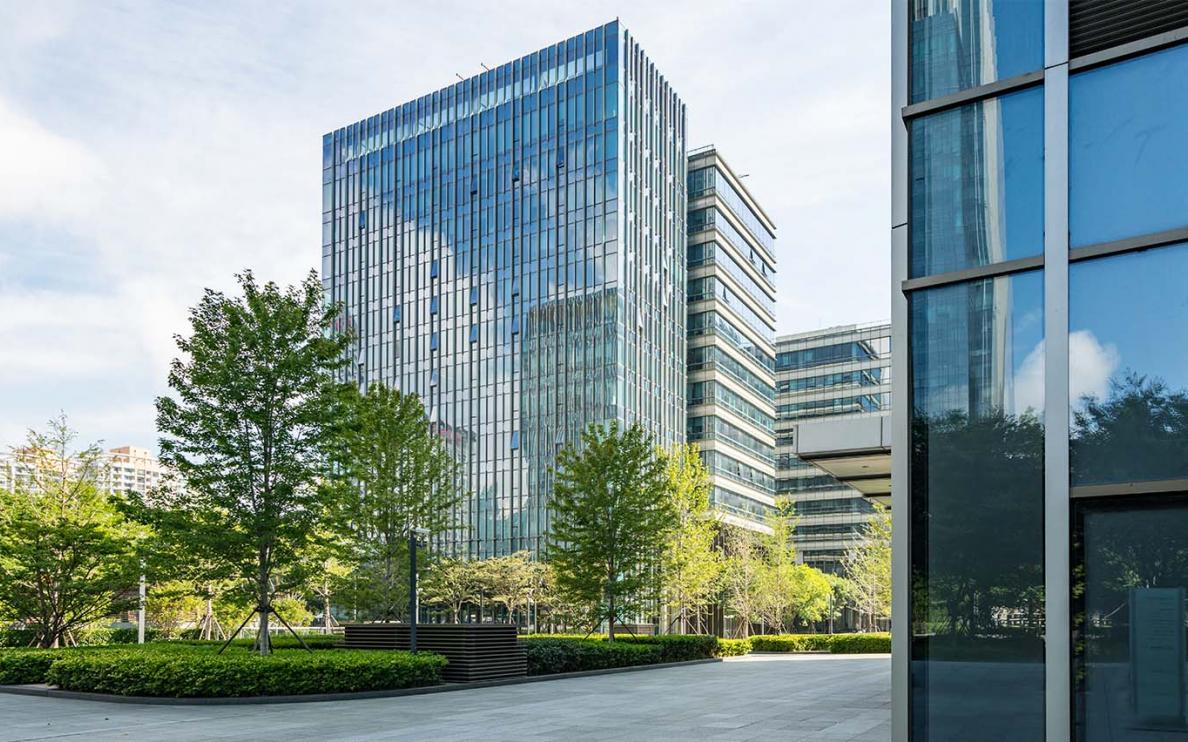Main
Filtration
Finding the most suitable solution
So how can you improve air quality in your building? Before you start looking for a solution, you need to know where you need to focus. What is the source of the greatest problem? Is it outdoors or indoors? Once you have determined, it’s time to start looking for a suitable solution. But that too, will require careful consideration of the integration and effects specific solutions will have on your building.

Purifying outdoor air inflow – When considering cleaning the inflow of air from outdoors into your building, you need to answer the following questions:
Which filtration efficiency do I need?
How can I optimize airflow and circulation in my building?
Which energy demands will this put on my building?
This may seem like a lot to deal with, but luckily there are key standards to help you understand these requirements. Eurovent 4/23 and EN16798 are two of them that will help you determine the right air filtration efficiency for your building based on its specific outdoor air quality levels. Where energy and airflow are concerns, air filters with low pressure drop and low energy consumption are best. Eurovent 4/21 assists with determining which air filters are optimal for these applications, providing energy performance ratings for the different air filters.

Purifying indoor air – When considering cleaning indoor air, you need to answer the following questions:
How is my ventilation systems set up?
How many air changes are there?
Which filtration efficiency is in use?
Sometimes, buildings have integral air recirculation systems to save costs on heating. If contaminants are present in the building’s air, you must accurately determine which filtration efficacy is necessary to remove the pollutants. Otherwise, they will freely spread throughout the building.
If you want to eliminate airborne viruses, high-efficiency air filters are your best choice to protect your air and occupants. It is important to know exactly which contaminants you are dealing with before deciding on a filtration efficacy.
Air exchange frequency is yet another critical criterium to consider when trying to create healthy indoor environments. Often, you may come up against situations, in particular in older buildings, where antiquated design limits the scope of what you can do. If for example you can’t increase the number of full air exchanges per given time duration, alternative, supplementary solutions may be necessary, such as HEPA air purifiers. Such systems permit additional air exchanges while efficiently capturing even the most miniscule of contaminants, including viruses.

These articles might interest you as well:

filtration
How you can save energy
The HVAC systems can account for up to 50% of the total energy expense in commercial buildings. Of that 50%, the filters affect 30% of the usage.

filtration
Air quality affects your productivity
There are many studies that show that poor air quality can affect your performance levels, not just physical performance, but also your cognitive and decision-making abilities, as well.